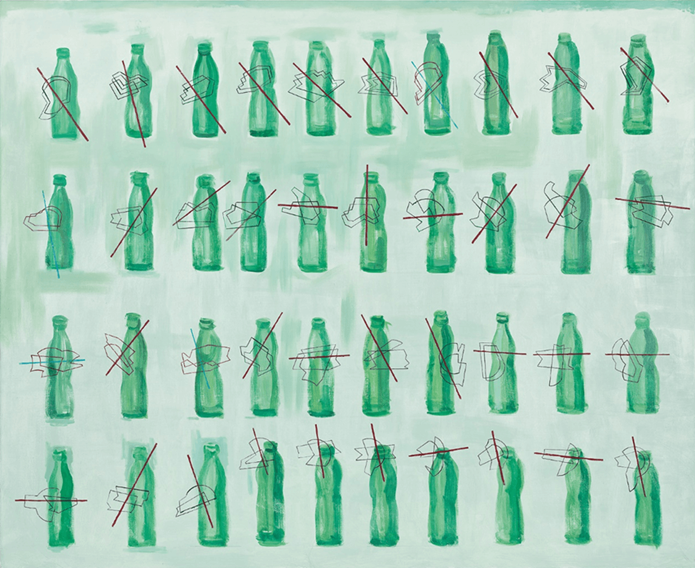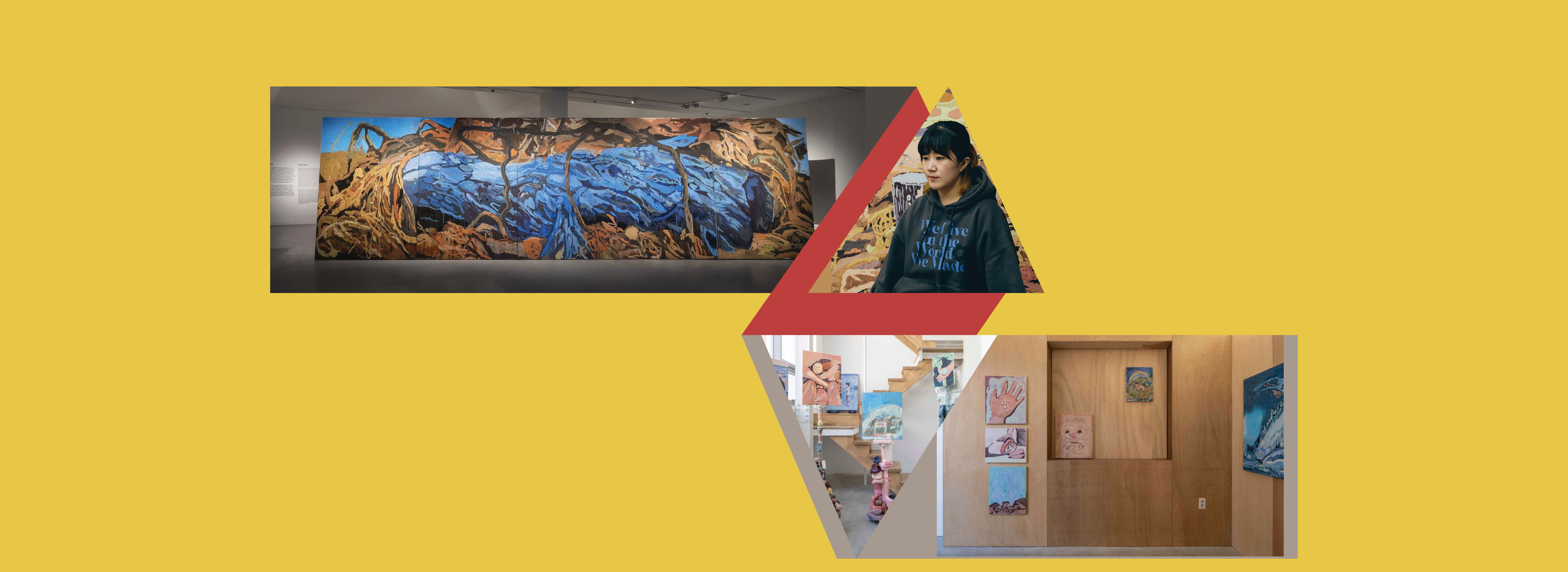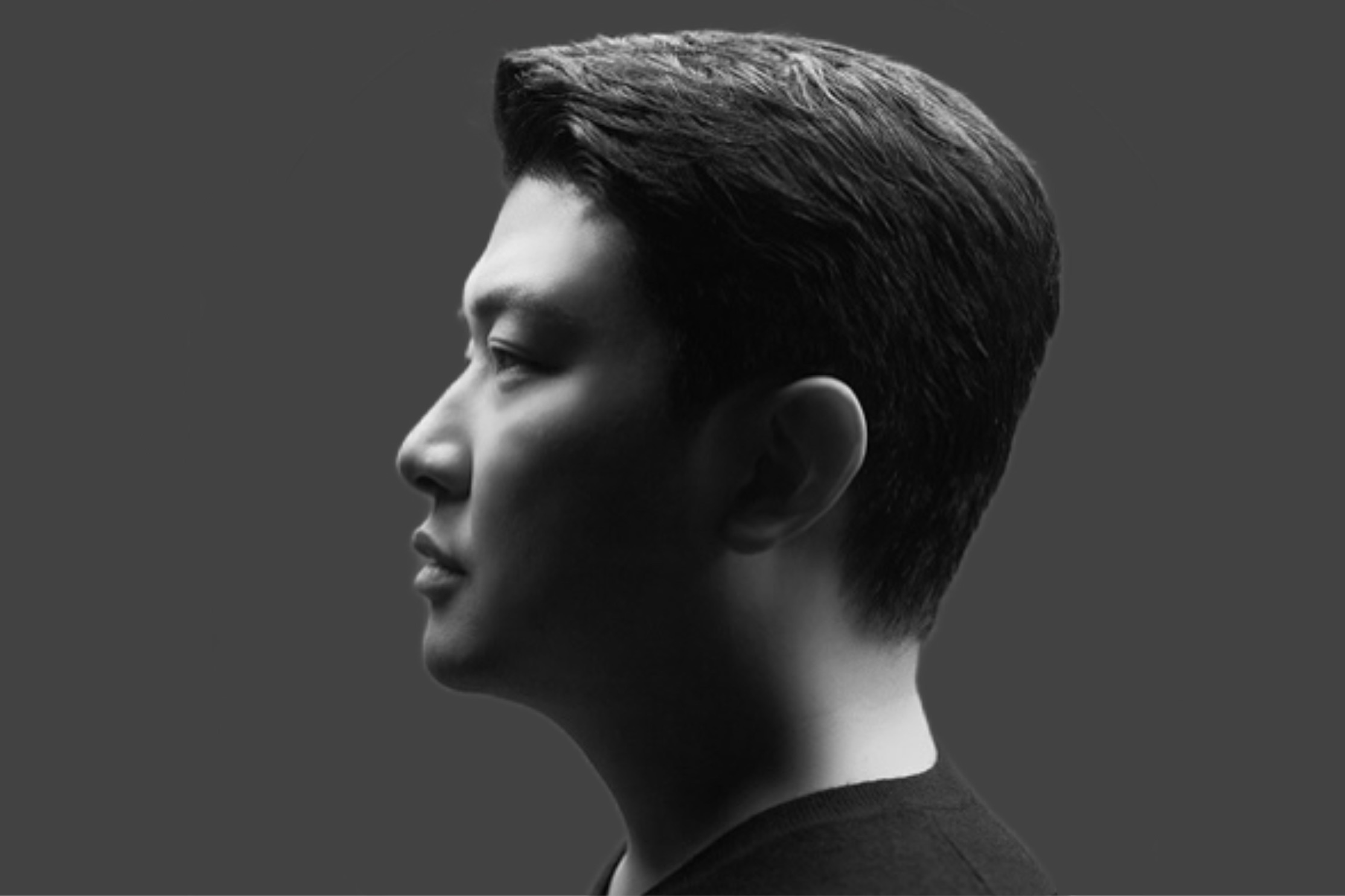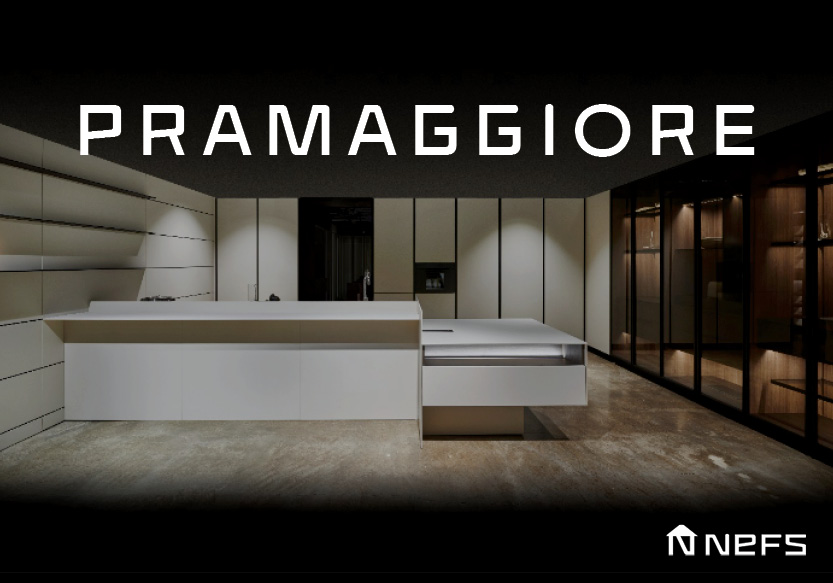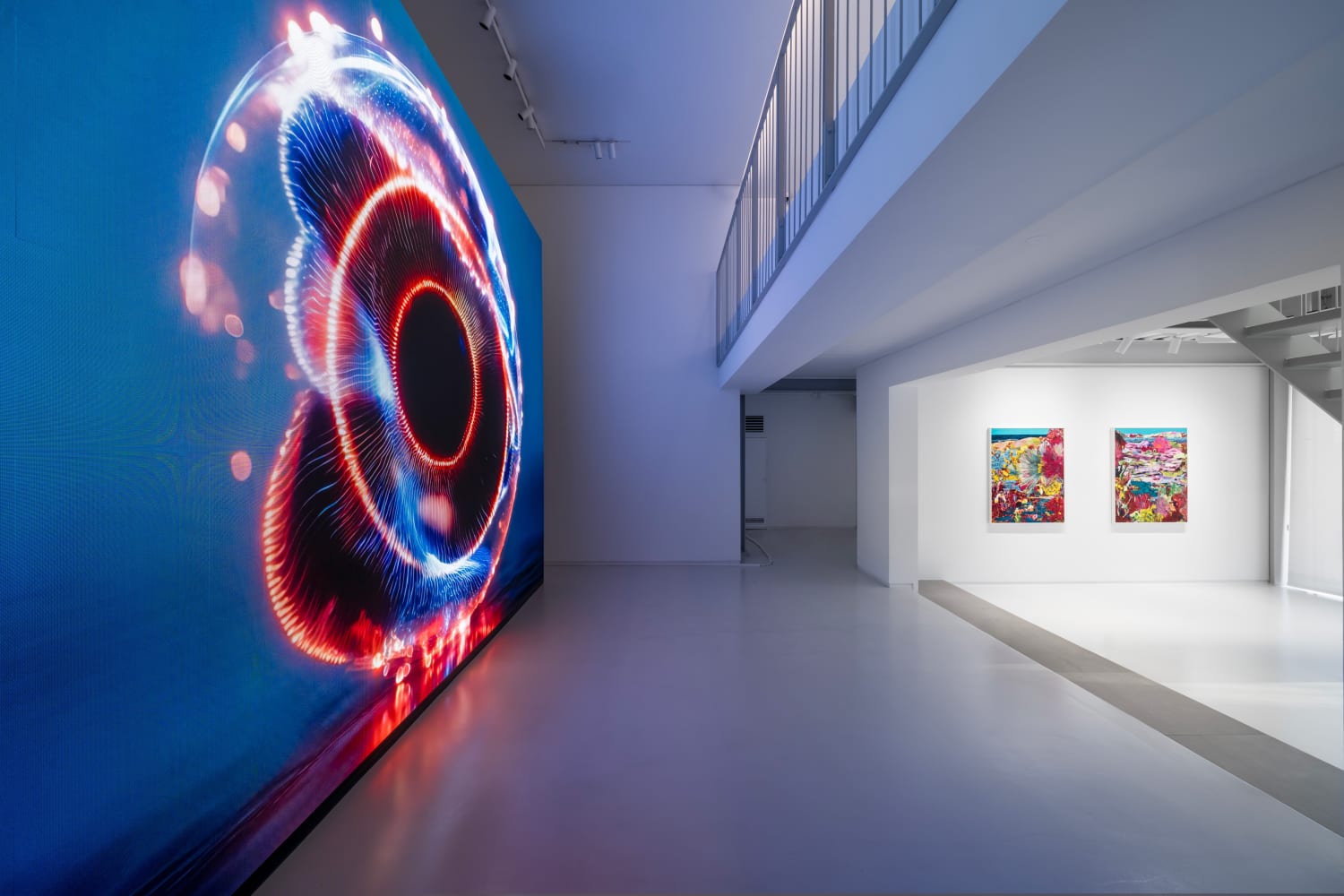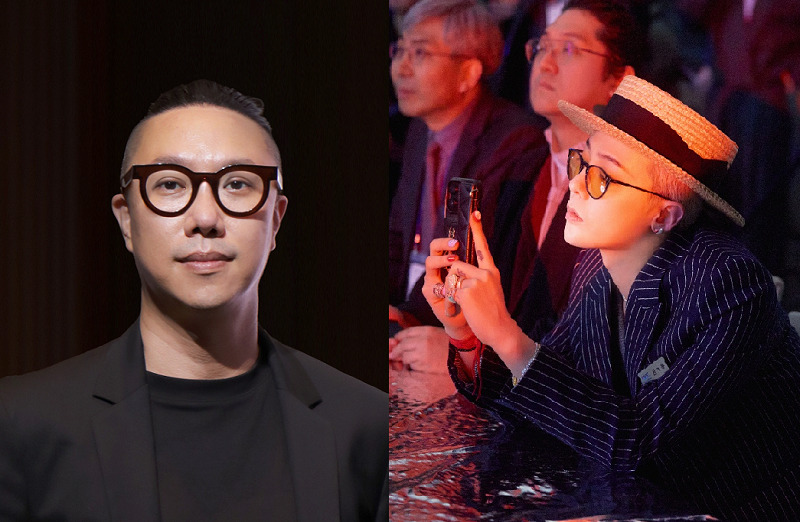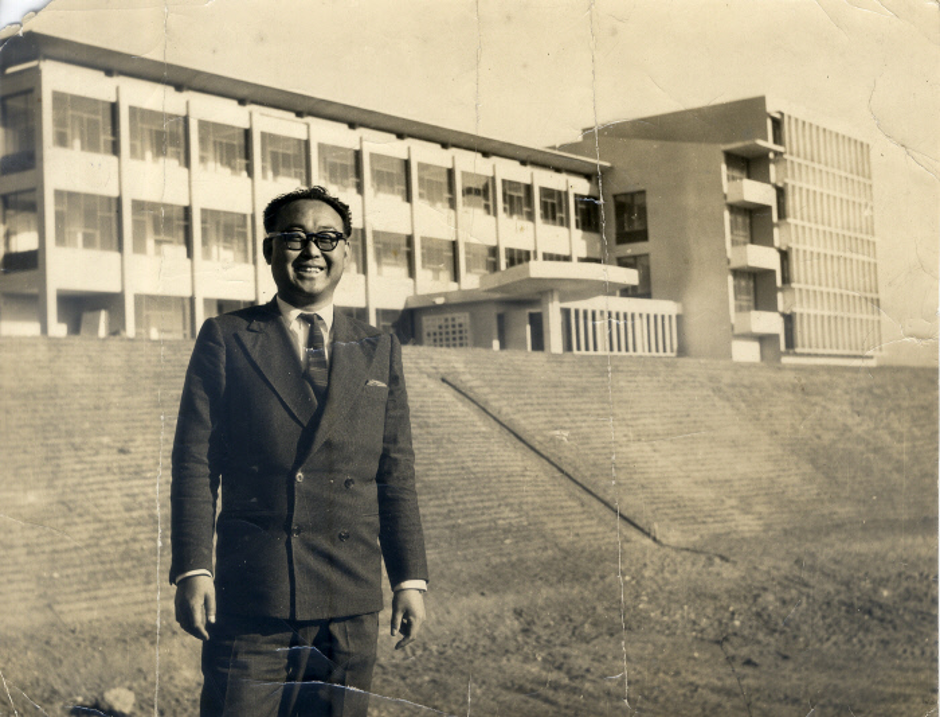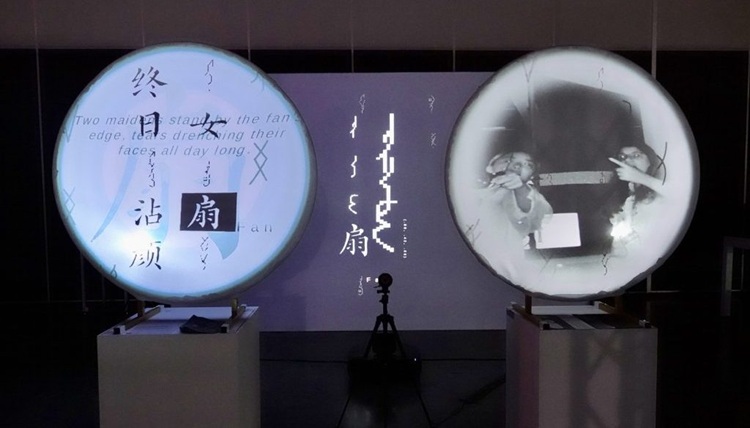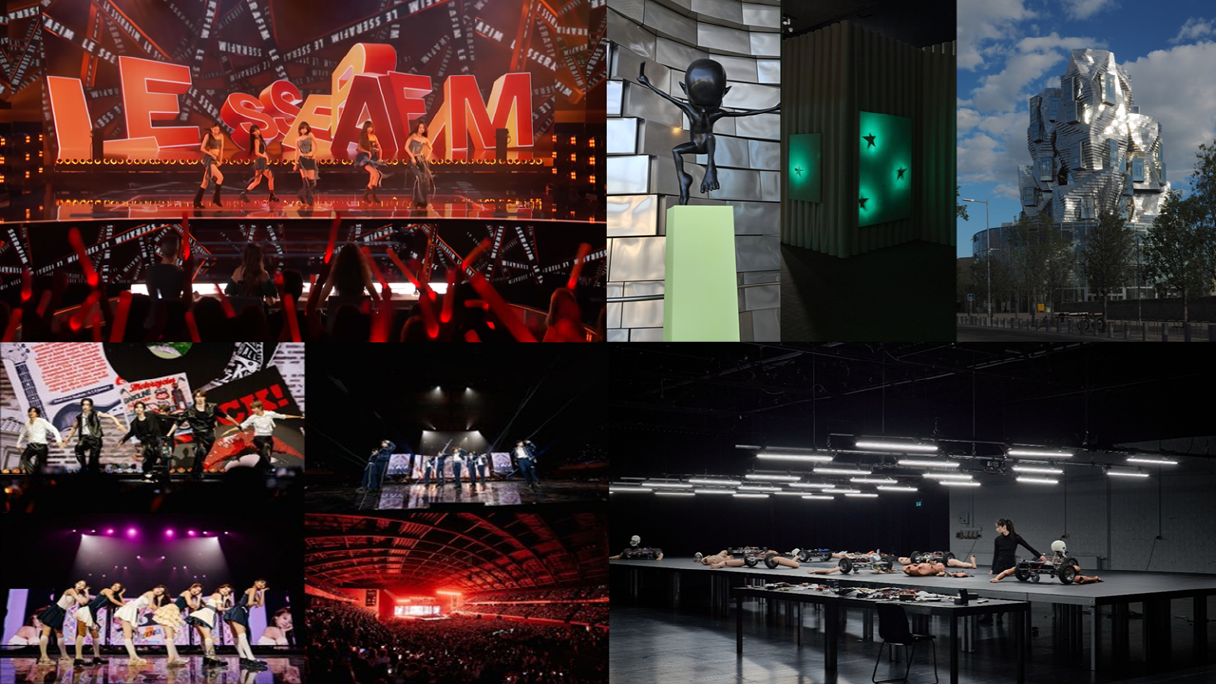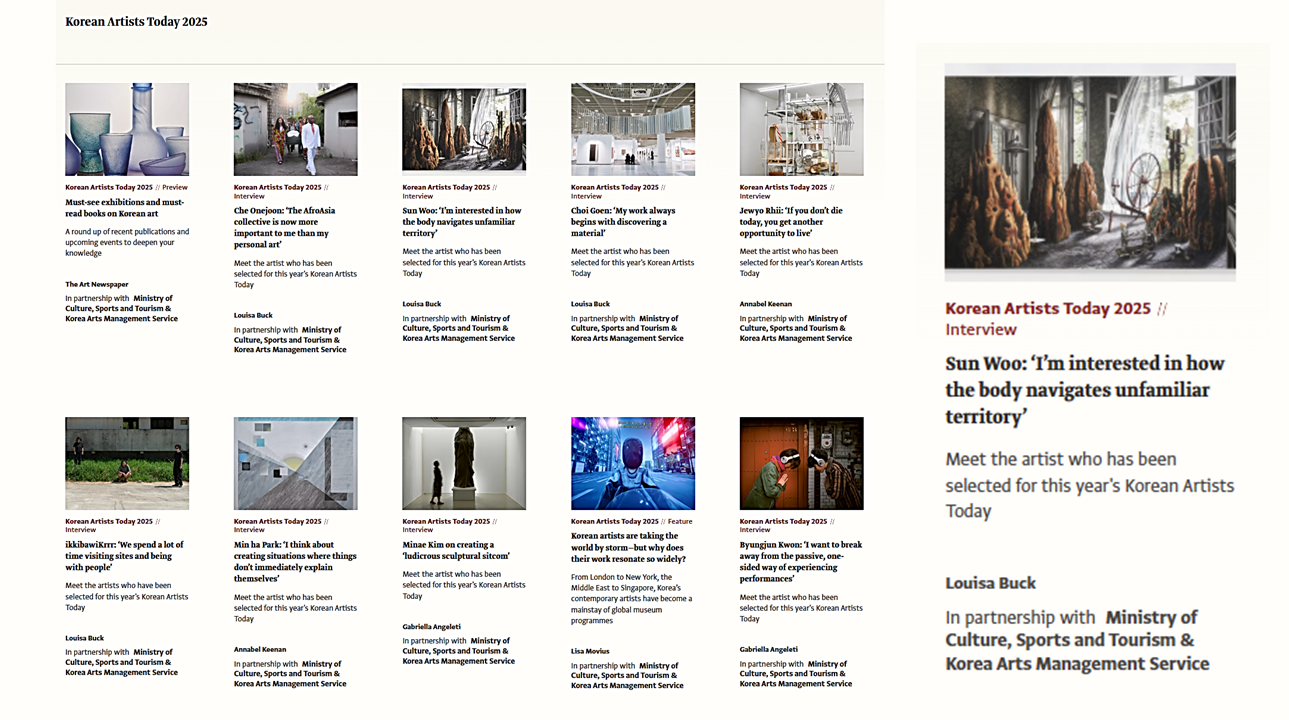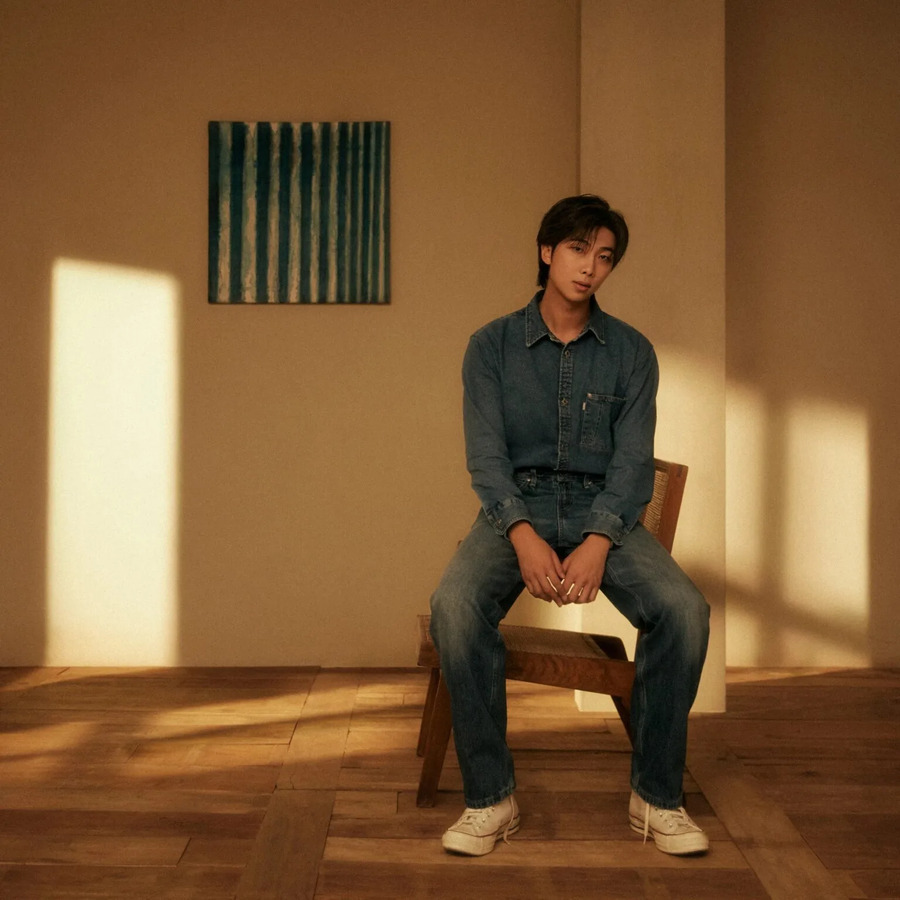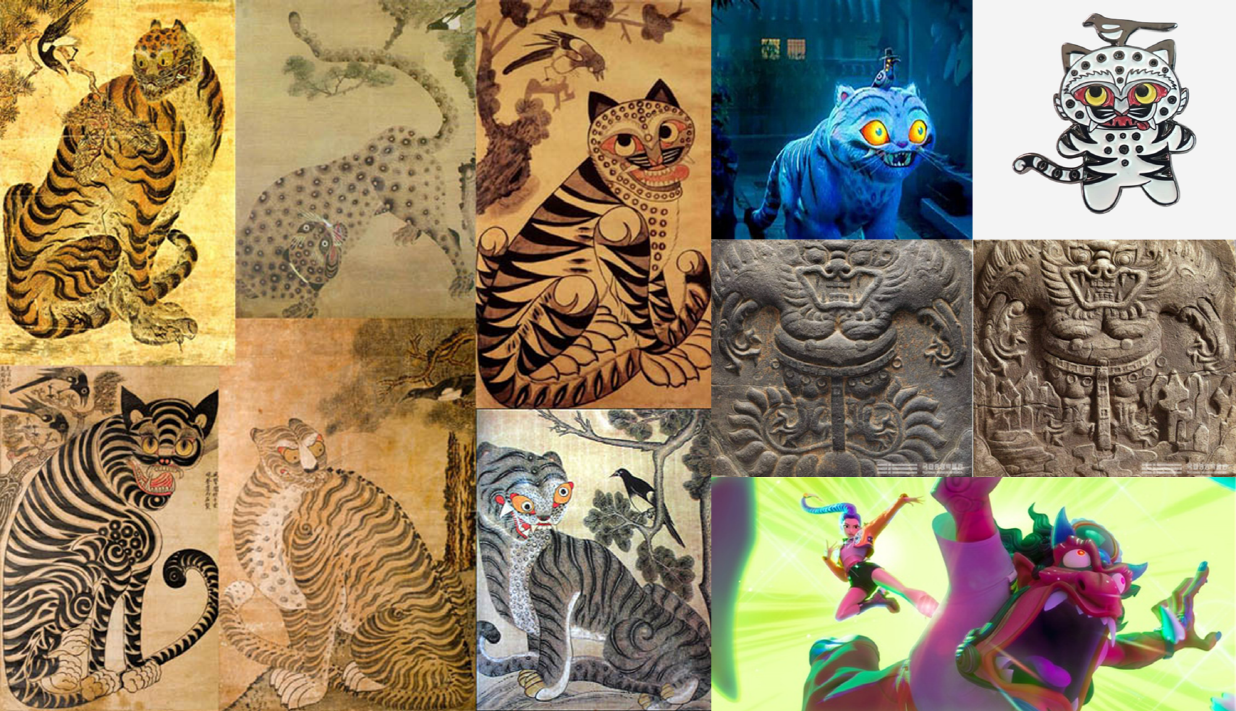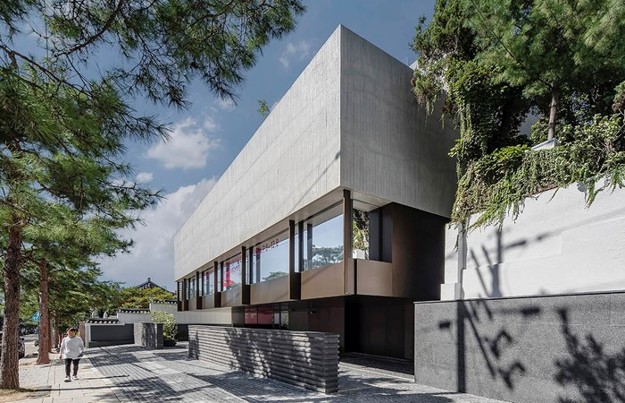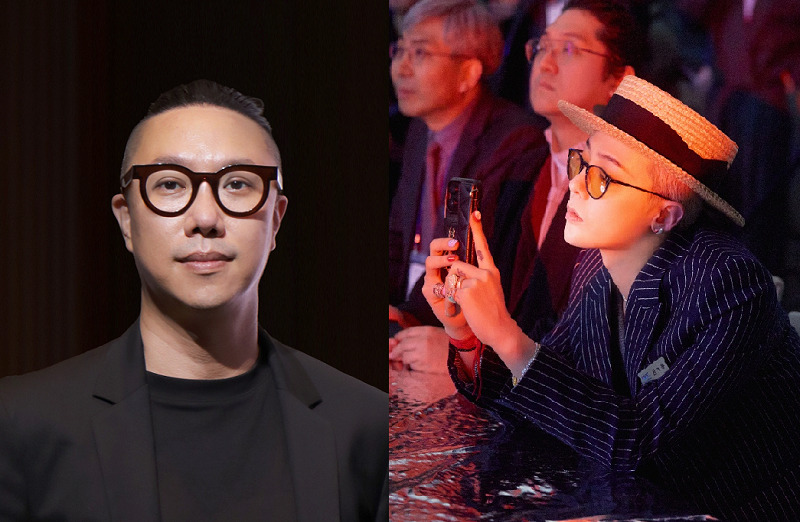 (From the left) Jinjoon
Lee, Professor at Graduate School of Culture Technology, KAIST; G-DRAGON ©KAIST Art & Technology Center
(From the left) Jinjoon
Lee, Professor at Graduate School of Culture Technology, KAIST; G-DRAGON ©KAIST Art & Technology Center
On April 9, the KAIST Space Institute
announced the launch of Good Morning Mr. G-DRAGON, the
world’s first media art-based space music transmission project, created in
collaboration with media artist Jinjoon Lee (Professor at KAIST’s Graduate
School of Culture Technology) and global K-pop artist G-DRAGON.
This groundbreaking project is a fusion of
science, art, and popular music—a convergence of KAIST’s cutting-edge space
technology, Professor Lee’s media art, and G-DRAGON’s voice and music track
(Home Sweet Home), forming a new kind of “space cultural
content” experiment.
Good Morning Mr.
G-DRAGON inherits the legacy of Nam June Paik’s iconic 1984 work
Good Morning Mr. Orwell, which connected the world through
satellite as a medium. This new project ventures into space by interpreting
fragments of emotion, existence, and perception—captured through the most
intimate human sensory organ, the eye—using AI, and transmitting them beyond
Earth.
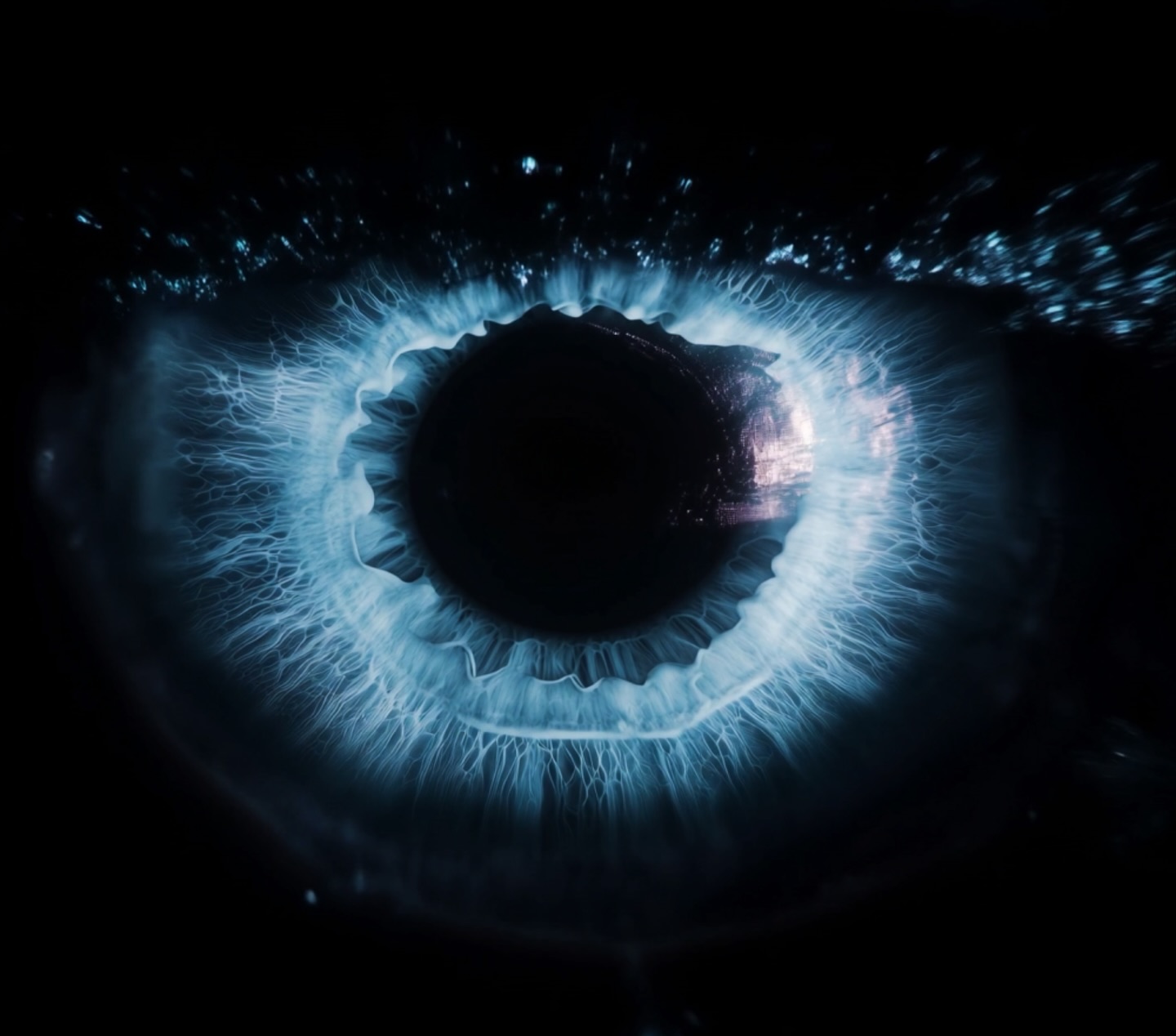 Good Morning Mr. G-DRAGON,
2025 ©KAIST Art & Technology Center
Good Morning Mr. G-DRAGON,
2025 ©KAIST Art & Technology Center
Good Morning Mr.
G-DRAGON was produced as part of Professor Jinjoon Lee’s large-scale
art series ‘Open Your Eyes,’ which explores human emotion through AI using the
human eye as a portal to the inner self. This particular work is an AI-driven
media art piece based on iris data from G-DRAGON.
The video component, which visualizes the
infinite cosmos as seen through G-DRAGON’s gaze—an artistic interpretation of
the universe reflected in the human psyche—was projection-mapped onto the KAIST
Space Institute’s 13-meter space antenna, a world-first. Alongside the visual
installation, G-DRAGON’s track Home Sweet Home was
transmitted into space via KAIST’s satellite technology, completing a symbolic
performance where the inner universe is broadcast outward into the cosmos.
This transmission is also connected to
NASA’s Search for Extraterrestrial Intelligence (SETI)
project. SETI has a history of transmitting music into space, including tracks
by the Beatles and Missy Elliott. The G-DRAGON space music transmission marks
South Korea’s first-ever participation in a SETI-related project.
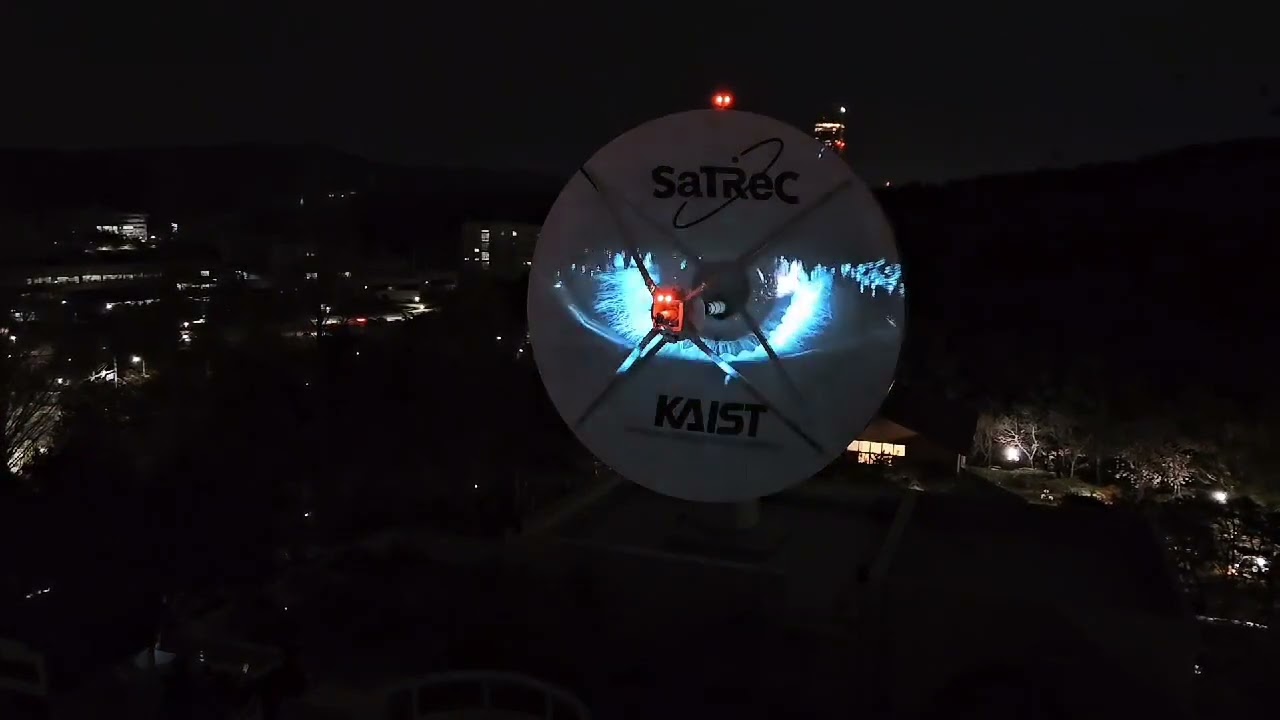 Good Morning Mr. G-DRAGON,
2025 ©KAIST Art & Technology Center
Good Morning Mr. G-DRAGON,
2025 ©KAIST Art & Technology Center
This project goes beyond mere technological
achievement. Professor Jinjoon Lee explains, “Today, we live confined within
endlessly structured gazes and systems—within invisible algorithms. Even our
identities are only permitted to breathe within predetermined frames.”
He continues, “In an era marked by
discrimination, hatred, division, and controversy, algorithms define the
individual, and platforms fragment our emotions and identities. It is precisely
in such times that art must reinitiate hopeful discourse on community and
existence—not just from a global perspective, but from a cosmic one.”



